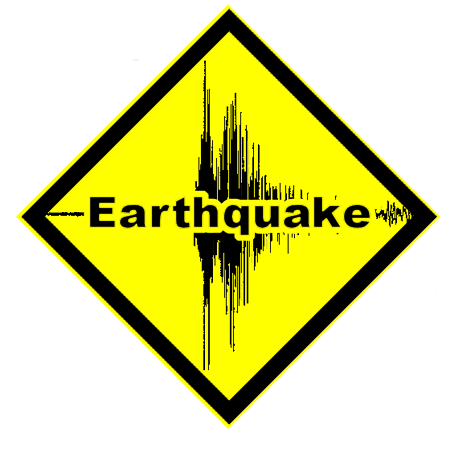◆ Great Wyoming ShakeOut set for October 15.
Earthquakes are something to be expected in the State of Wyoming, according to the Wyoming State Geological Survey (WSGS).
“Hundreds of earthquakes happen in Wyoming every year,” said Christina George of the WSGS. “While most occur in remote areas, that isn’t always the case, and a number of earthquakes are felt by residents each year. Even though in Wyoming the chances of an earthquake large enough to cause damage at any given moment is low, it is important for residents and visitors to be prepared.”
Preparation is one reason the WSGS hosts a statewide earthquake drill each year.
In 2020, the annual Great Wyoming ShakeOut drill will take place on Thursday Oct. 15 at 10:15 a.m. The WSGS encourages area residents to practice, “Drop, Cover, and Hold On,” just as they would during an actual seismic event.
“Anyone can participate, including individuals, schools, and businesses,” said George.
To register for the Great Wyoming ShakeOut drill, visit shakeout.org/wyoming/.
“The WSGS is awarding various prizes to select participants,” said George.
For more information about how to win prizes, contact Christina George at christina.george@wyo.gov.
“The Great Wyoming ShakeOut is an annual opportunity to practice how to be safer during big earthquakes,” said event organizers. “The ShakeOut has also been organized to encourage you, your community, your school, or your organization to review and update emergency preparedness plans and supplies, and to secure your space in order to prevent damage and injuries.”
To learn more about earthquakes in Wyoming, visit wsgs.wyo.gov/hazards/earthquakes.aspx.
The WSGS provided the following information relating to earthquakes.
• Earthquakes
An earthquake is a release of energy within the earth’s crust, creating seismic waves that can cause significant damage.
Earthquakes are triggered when unexpected movement along a fault occurs, volcanic activity increases, or along boundaries of tectonic plates. Although ground shaking can occur by many processes, such as volcanic eruptions, the majority of earthquakes are related to movement along faults.
The largest earthquake recorded to date in Wyoming occurred Aug. 18, 1959, in Yellowstone National Park. The earthquake registered as a magnitude 6.5 and is considered to be an aftershock of the magnitude 7.5 Hebgen Lake earthquake in southwestern Montana.
•Quaternary Faults
A fault is a shear fracture or a zone of fractures in the earth’s crust that show evidence of displacement along blocks of crust. Sudden movement on a fault will release energy causing an earthquake.
Quaternary faults are recognized on the surface that have evidence of movement in the last 1.6 million years and are considered to have the greatest potential to be the sources of future earthquakes. Quaternary faults that show movement during the past 10,000 years are considered active. Approximately 80 Quaternary faults are mapped in Wyoming, with 26 considered active.






